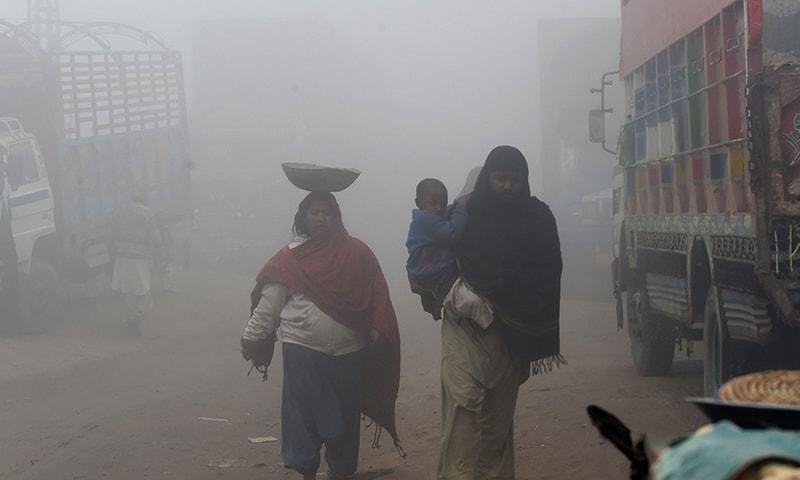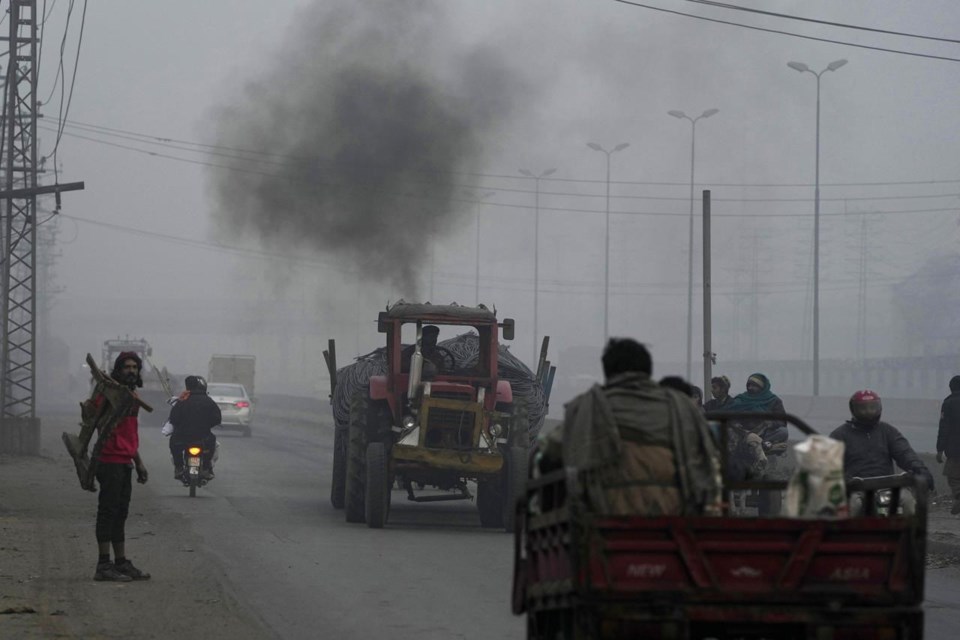In recent months, Lahore, once a picturesque city in Pakistan, finds itself grappling with a toxic smog crisis, severely impacting air quality and public health. With tens of thousands falling ill, flights canceled, and desperate attempts like artificial rain proving ineffective, the dire situation in Lahore underscores the urgency of addressing the broader air pollution crisis in South Asia. The cross-border implications are evident, with up to 30% of New Delhi’s pollution traced back to Pakistan’s Punjab province under specific wind patterns, necessitating urgent calls for collaborative efforts among neighboring countries.

Photo from Google
South Asia’s Battle with Air Pollution
South Asia contends with six major airsheds, hosting some of the world’s most polluted cities. While experts advocate for collaborative efforts among nations like Pakistan, India, and Bangladesh to collectively tackle air pollution, political tensions and strained relations pose significant obstacles to effective cooperation. The longstanding adversarial relationship between India and Pakistan, marked by animosity and historical conflicts, complicates the prospect of joint environmental initiatives.
Amidst severe pollution levels affecting millions, Abid Suleri from the Sustainable Development Policy Institute stresses the shared nature of the crisis on both sides of the India-Pakistan border. Advocating for synchronized regional measures, Suleri emphasizes the impracticality of unilateral efforts without coherent practices across neighboring provinces. Regional and international forums are seen as crucial platforms for candid discussions on air pollution, even in the absence of direct government cooperation.
As political considerations take precedence in the lead-up to the 2024 elections in India and Pakistan, urgent actions are needed to address the escalating air pollution crisis. The World Bank’s proposal of a regional airshed management policy, encompassing common air quality targets, regular information exchange, and harmonization of standards, presents a potential roadmap for collaborative action. With a vast population exposed to severe pollution levels, the need for cross-border solutions in South Asia is imperative to combat this pressing environmental challenge.
READ ALSO: Australia’s Fiery Debate Over Wood Heater Bans Sparks Intense Public Outcry
Roadmap for Cross-Border Action
The World Bank’s suggestion of a regional airshed management policy is rooted in the idea of setting common air quality targets, facilitating regular information exchange, and potentially harmonizing air quality standards across South Asian nations. With a substantial portion of the population in Pakistan and India experiencing severe pollution, the urgency for collaborative, cross-border solutions has never been more apparent.
Against the backdrop of a worsening air pollution crisis and the challenges posed by political dynamics, the call for decisive steps becomes paramount. The proposal for a regional approach offers hope for a comprehensive strategy to combat air pollution, emphasizing the need for concerted efforts in the face of a crisis that knows no national boundaries.

















































